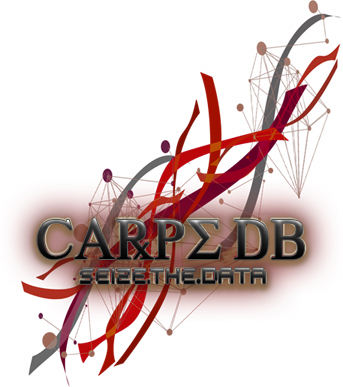
Cortical dysplasia (CD) broadly defines a complex cerebral malformative lesion associated clinically with intractable, pharmacoresistant epilepsy (including infantile spasms), especially in infants and children. In CD, the spectrum of structural brain abnormalities includes (at a minimum) neuronal dyslamination and (in severe cases) neuronal cytomegaly with cytoskeletal alterations and the presence of gemistocyte-like 'balloon cells'. In some CD variants, the neuropathological features are essentially indistinguishable from those of a tuber of tuberous sclerosis (TSC). Two genes associated with the autosomal dominant, multi-system disorder TSC have recently been cloned: TSC2 (on chromosome 16p13.3) encodes the protein tuberin and TSC1 (on 9q34) encodes hamartin. Tuberin has been immunolocalized to neurons and possibly astrocytes in normal brain and CD/TSC tubers, and is widely expressed in normal viscera; loss of heterozygosity and tissue culture studies suggest it functions as a growth suppressor. The TSC1 gene has been cloned within the last year and hamartin as yet has no well-defined cellular function, though its protein product may also function as a growth suppressor. This article focuses on the cellular pathogenesis of CD and TSC brain lesions and how the two may be biologically related. Studies of how TSC1 and TSC2 function in normal and dysplastic cerebral neocortex may provide a paradigm for understanding the neurobiology of other genes that determine epilepsy-associated cerebral malformations (e.g. lissencephaly, double cortex).
[Submit New Annotation]